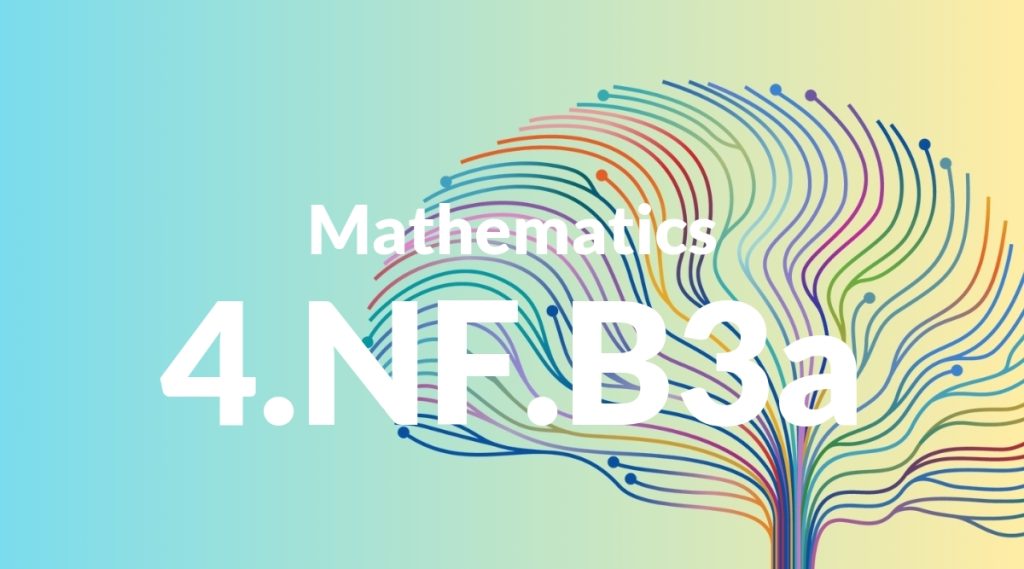Standard: 4.NF.B3a – Understand addition and subtraction of fractions as joining and separating parts referring to the same whole.
Grade level: Grade 4
Subject: Mathematics
Domain: Numbers & Operations – Fractions
Teacher Overview
This standard focuses on helping students understand how to add and subtract fractions by considering them as parts of the same whole. It is important because it builds on their foundational knowledge of fractions and prepares them for more complex operations involving fractions. Students should be familiar with basic fraction concepts, such as identifying and representing fractions, and should understand whole numbers and basic arithmetic operations.
After mastering this standard, students will be able to handle more complex fraction problems, including those involving mixed numbers and improper fractions.
Common Misconception 1
One common misconception is that students may think fractions with different denominators can be added or subtracted directly. This is incorrect because fractions must have a common denominator to be combined.
Intervention 1
To address this misconception, use visual aids like fraction bars or circles to demonstrate why a common denominator is necessary. Practice finding common denominators with students before adding or subtracting fractions.
Common Misconception 2
Another misconception is that students might believe the sum or difference of fractions is found by adding or subtracting both numerators and denominators. This leads to incorrect results.
Intervention 2
To correct this, provide guided practice on finding equivalent fractions with common denominators. Emphasize the process of converting fractions before performing addition or subtraction.
Prerequisite Knowledge
Students should have a basic understanding of fractions, including how to identify and represent fractions, and an understanding of whole numbers and basic addition and subtraction.
Subsequent Knowledge
After mastering this standard, students will be able to apply their understanding of fraction addition and subtraction to more complex problems, including those involving mixed numbers and improper fractions.
Instructional Activities
- Using fraction bars to visually represent addition and subtraction of fractions
- Solving word problems involving the addition and subtraction of fractions with the same denominator
- Creating fraction pizzas to combine different fractional parts
- Playing fraction card games to practice finding common denominators
- Conducting cooking activities to measure and combine fractional amounts of ingredients




